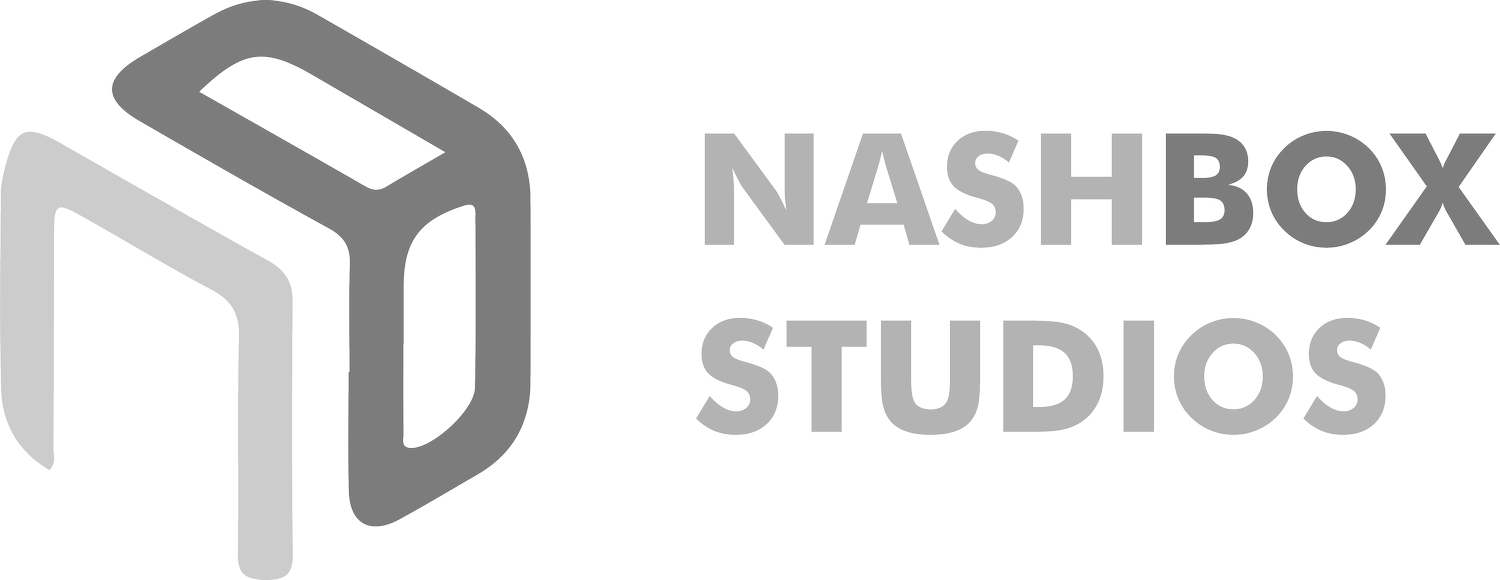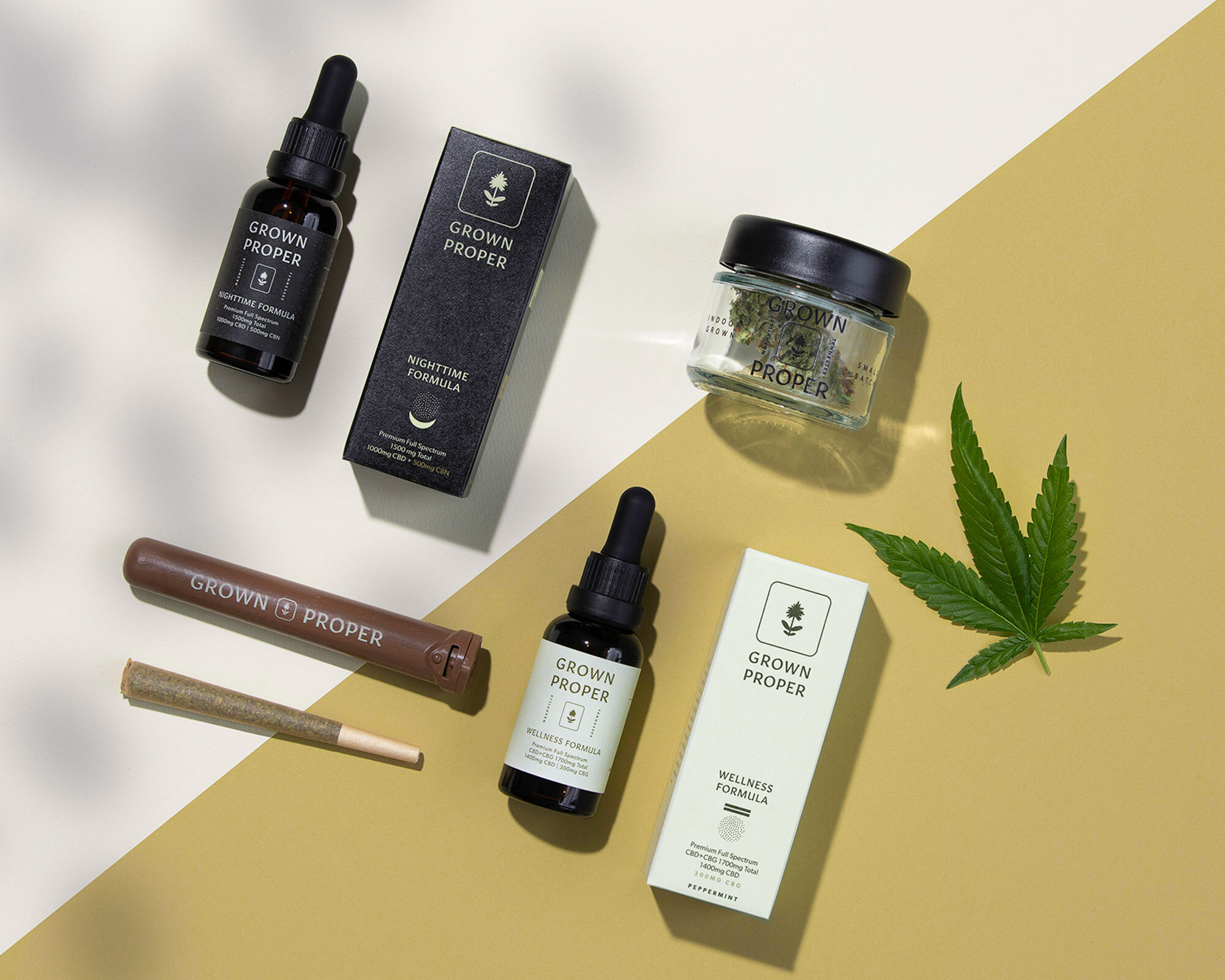Product Photography vs Product Renderings: Which One Is For Me?
In the digital age, businesses are faced with a pivotal decision when showcasing their products: should they opt for traditional product photography or embrace the modern technology of 3D product renderings? Both options have their unique advantages, and the choice depends on various factors, including budget, product complexity, and marketing goals.
The Nuts & Bolts Of It
Product Photography
Product photography involves capturing images of physical products using a camera. It's a time-tested method that has been the go-to for businesses for decades. Whether for e-commerce, catalogs, or marketing campaigns, product photography brings products to life with real-world lighting, textures, and environments.
Product Renderings
On the other hand, product renderings (or 3D renders) involve creating digital images of products using computer-generated imagery (CGI). This method allows for the creation of highly detailed and realistic images without the need for physical products. 3D renderings can be manipulated, customized, and reused with ease, offering a flexible and innovative approach to product visualization.
Let’s Roll The Dice
Ok, admittedly it’s not as easy as rolling dice, but there are some nuances that can make this decision making process smoother.
When Is Photography Pragmatic?
Product photography is an excellent choice when:
Physical Products Are Readily Available: If you have the physical products on hand and they can be easily shipped or transported to a photography studio, traditional photography might be the most straightforward option.
The Human Element: No, we don’t mean the Big P’s (psychology, philosophy) or anything that complex. Simply put, if you need humans featured in the assets, photo is the way to go. Check out our lifestyle product shoot for BlackCliff Parfums.
Tight Deadlines: In cases where you need images quickly and don’t have time for 3D modeling and rendering, photography can be the faster option, especially if you’re working with an experienced photographer. Note that if you have 3D models though, renderings can be done much quicker.
Budgets: Most professional photographers operate at day rates. If you have a small quantity of products and need few assets, photography can be an expensive option.
When Do Renderings Reign Supreme?
Product renderings are ideal in situations where:
Product Variants Are Numerous: If your product comes in multiple colors, sizes, or configurations, creating different images using photography can be time-consuming and costly. 3D renderings allow you to easily generate variations without additional photoshoots.
Prototypes or Concepts Are Needed: If your product is still in the design phase or you don’t have a physical prototype, renderings allow you to visualize and market the product before it even exists.
Flexibility and Reusability Are Key: Renderings provide unparalleled flexibility. Once a 3D model is created, it can be reused across different marketing materials, angles, and environments with minimal additional cost.
Budgets: As mentioned above, for a large number of SKUs, product renderings are ideal. The cost difference can be 15-20%. When Giro switched to product renderings, they experienced a 17% cost reduction.
Availability of 3D Models: If your company has designed the model, you have it’s CAD file. That significantly reduces the costs for producing renderings, making it the right choice for your asset needs. Our client Home Depot has CAD files readily available, making them an ideal candidate for this service.
The Last Word(s)
The choice between product photography and product renderings depends on your specific needs, budget, and the nature of your product. But businesses that work with a creative agency like Nashbox Studios find that a hybrid approach works best, using photography for certain applications while leveraging 3D renderings for others. By understanding the strengths of each method, you can make an informed decision that aligns with your brand’s goals and budget.
Go for Product Photography if you have physical products ready, need images quickly, and value the nuanced realism that photography can offer. Opt for Product Renderings if you need to visualize product variants, work with products still in development, or seek flexibility in reusing images across different platforms.
And whatever direction you choose, the creative team at Nashbox Studios will ensure your needs are well taken care of!
Need More Information?
Nashbox Studios is a creative production studio in Nashville TN. We excel at helping clients formulate and execute a creative strategy that supports their marketing goals.




